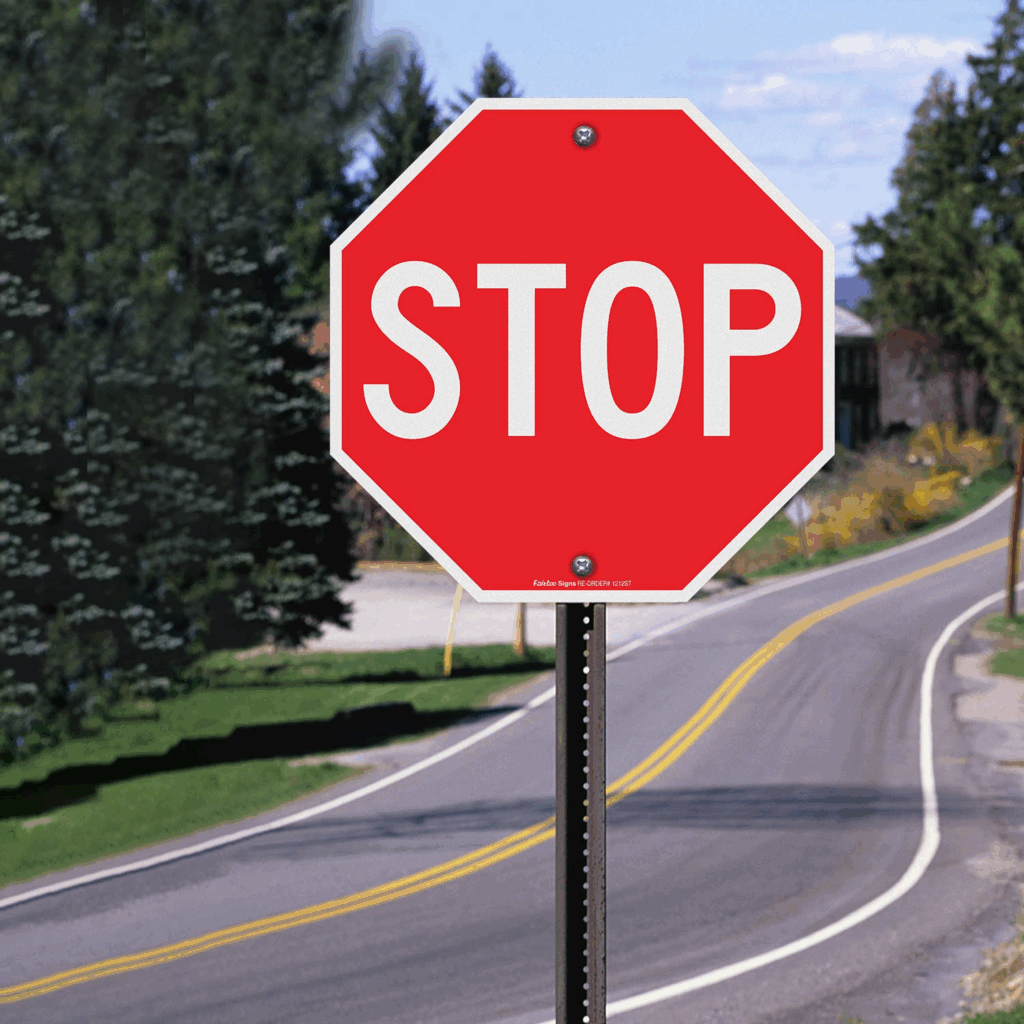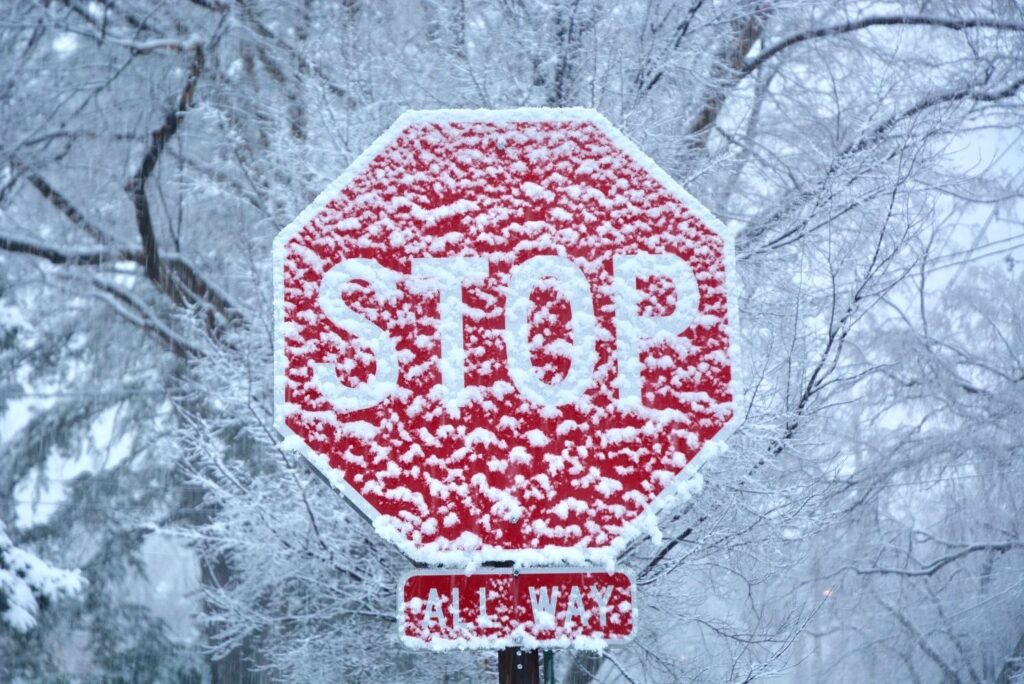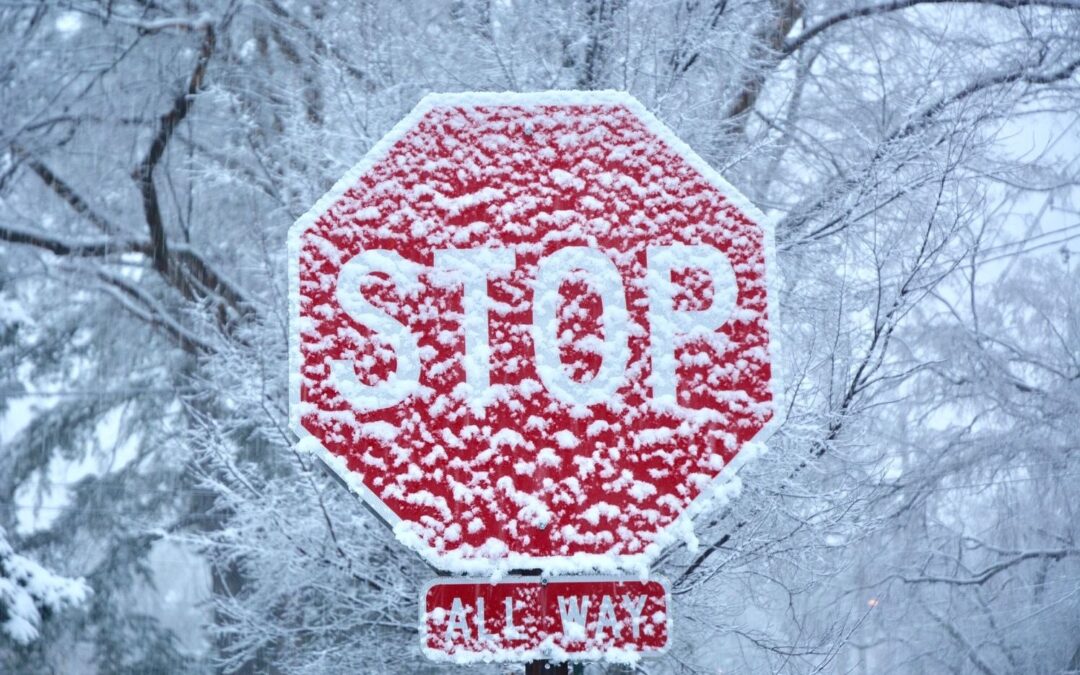We see them every day, road signs that direct, warn, inform, and guide us on the roadways. But roadsigns are more than just helpful, they’re carefully designed tools to keep drivers, cyclists, and pedestrians safe. So how much do you really know about road signs? Here are 10 surprising facts about these signs that you probably didn’t know.
1. Colors Have Specific Meanings
Road sign colors aren’t random. Each one is carefully chosen:
- Red means stop or prohibition.
- Yellow signals caution.
- Green provides directional guidance.
- Blue offers services or information.
Once you know the code, you can “read” a sign’s intent instantly.
2. Shapes Carry Hidden Messages
Even if a sign is hard to see, its shape can tell you what to do:
- Octagon (stop)
is the most distinctive shape on the road.
- Triangle
means yield or warning.
- Circle
and Crossbuck
are used for railroads.
- Rectangle
is used for guides or parks/recreation.
- Square
is used for regulatory.
- Diamond
is used for warning.
- Pennant
is used for no passing zones.
- Pentagon
is used for schools.
The system helps drivers react quickly—even when visibility is poor.
3. Reflective Material Saves Lives
The face of modern road signs is a retroflective sheeting that is made of glass beads or microprisms which redirect light back to the original source (aka headlights). This makes them glow brightly at night when headlights hit them, and there is no longer a need to have the higher placed signs illuminated for drivers to see. This retroflection allows drivers to spot signs from hundreds of feet away.


Source: U.S. Department of Transportation (2024) https://highways.dot.gov/safety/local-rural/maintenance-signs-and-sign-supports/iii-sign-materials#:~:text=Sign%20Face%20Sheeting,sheeting%20made%20of%20retroreflective%20material.
4. Fonts Are Designed for Speed
Road signs use specially designed fonts (like Highway Gothic or Clearview) that make letters easier to read at high speeds. The spacing, line thickness, and even letter shapes are engineered for quick recognition.

5. Some Signs Are Universal Worldwide
While languages change, many road signs look the same across countries. The stop sign (red octagon) is recognized almost everywhere, making it easier for international travelers to drive safely.

6. Construction Signs Are Always Orange for a Reason
Orange is highly visible and catches attention quickly, even in low light. That’s why it’s the universal color for temporary traffic control signs like construction zones.

7. Signs Must Be Installed at Exact Heights and Angles
Road signs aren’t created and placed randomly. They’re color coded, shaped, and worded specifically to be easily identifiable. They are also placed carefully; measured to sit at a precise height, angle, and distance from the road to ensure maximum visibility and safety.

Source: U.S. Department of Transportation (2024) https://mutcd.fhwa.dot.gov/kno-shs_2024-release-status/index.htm
8. They’re Built to Withstand Extreme Weather
The base for road signs are made from durable materials, most commonly aluminum. Combined with the reflective coating, they’re designed to resist fading from the sun, damage from rain and snow, and even impacts from debris.

9. Digital Road Signs Are on the Rise
Electronic message boards are becoming more common, allowing traffic officials to share real-time updates about traffic, weather, and emergencies. These “smart” signs can adapt instantly to conditions and can also be used for public awareness reminders or alerts.

10. Signs Are Tested Before Installation
Before a new sign design is approved, it’s tested for visibility, readability, and comprehension. Researchers measure how quickly drivers understand a sign’s meaning under different conditions, ensuring it’s effective before hitting the streets.
Source: OPTRAFFIC (2024) https://optraffic.com/blog/how-traffic-equipment-tested-safety-efficiency/#:~:text=Laboratory%20Testing-,Simulated%20Environmental%20Conditions,correctly%20and%20withstands%20physical%20stress.
Conclusion
Road signs may seem ordinary because we see them everyday, but they’re actually the result of decades of science, design, and testing. Next time you drive, take a closer look – you’ll know there’s a lot more behind that simple sign/symbol than meets the eye. 👀

